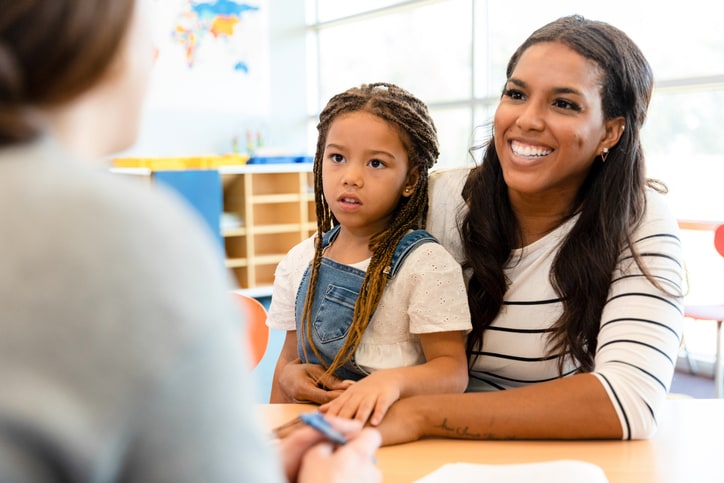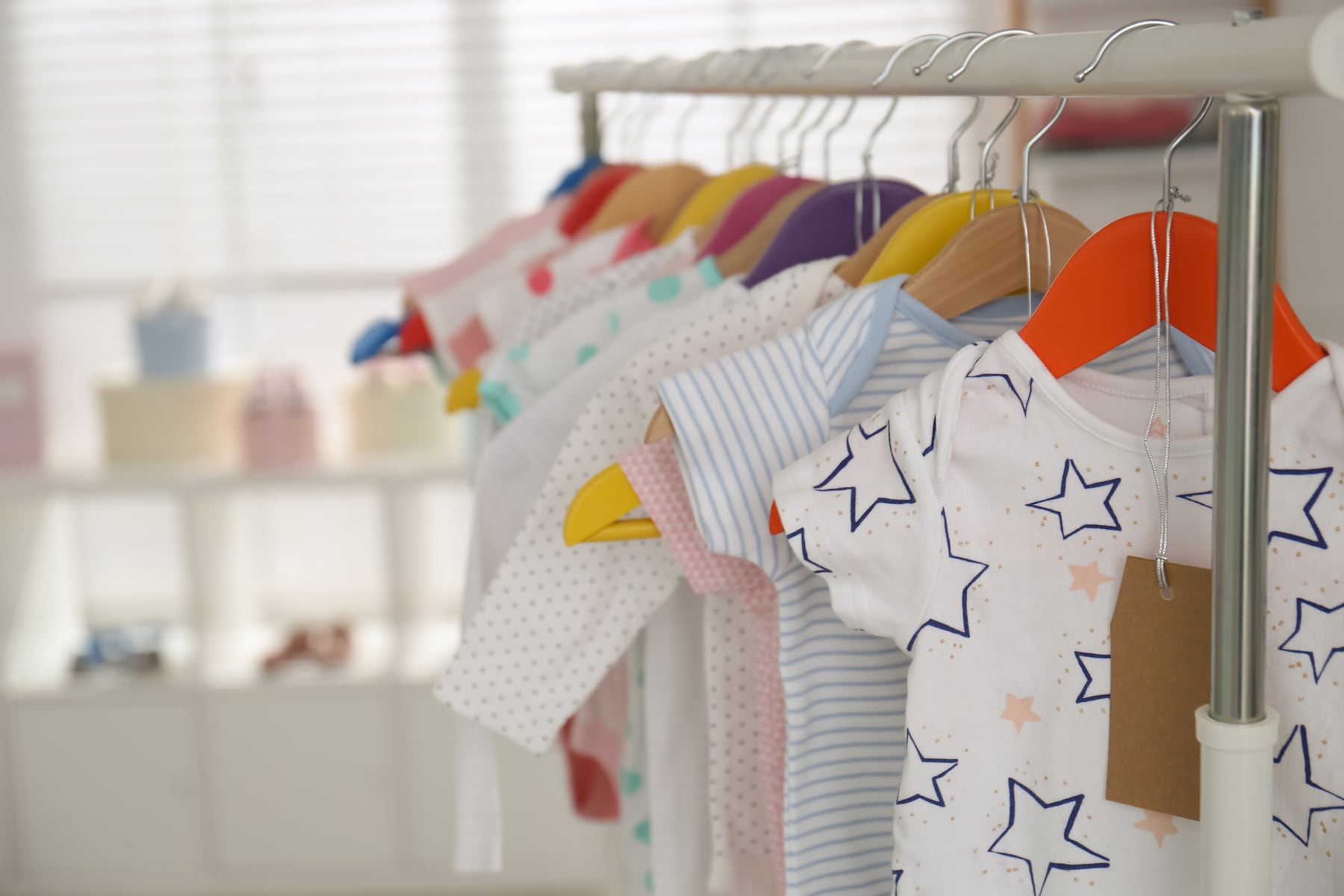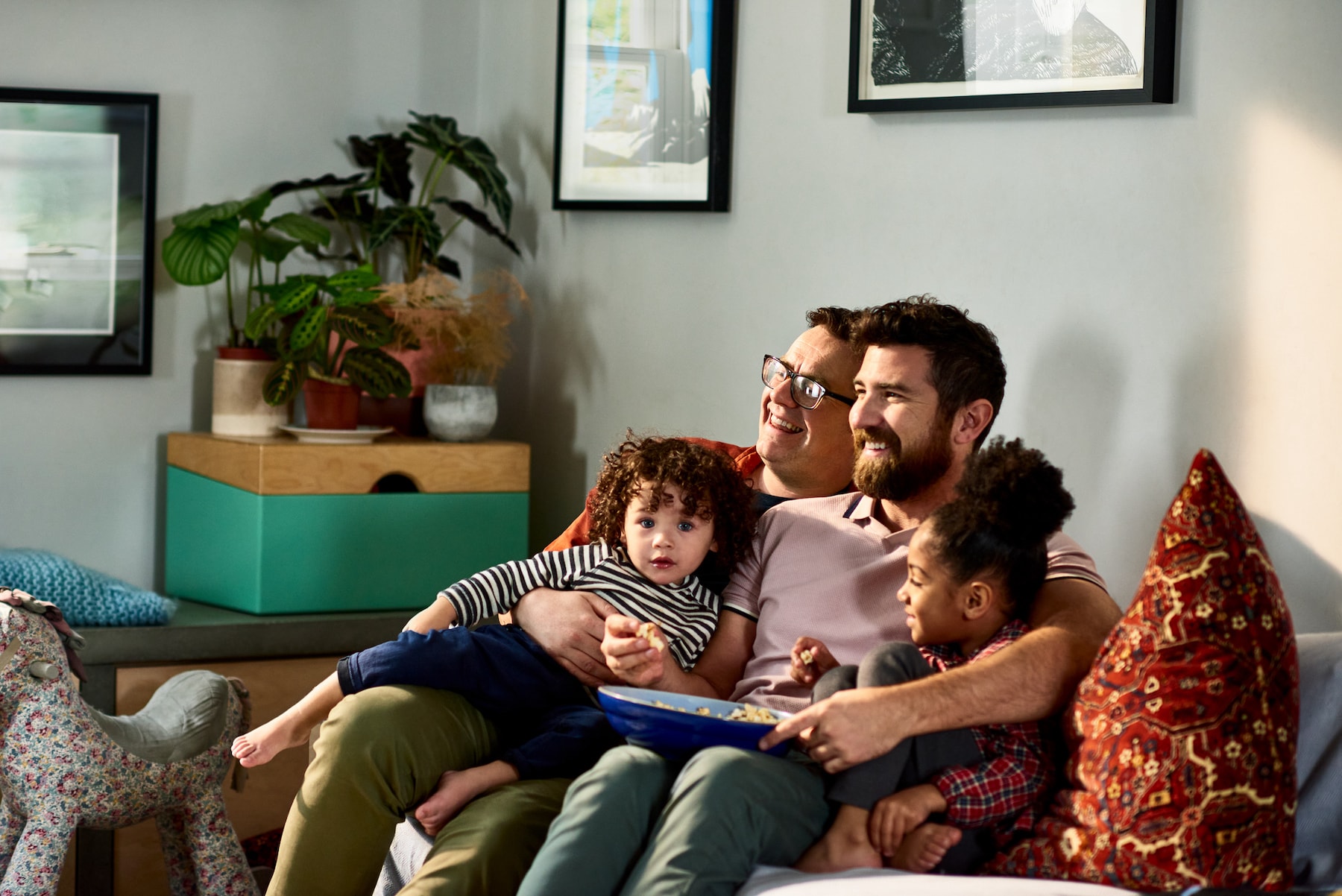Transgender people have always existed, but only in the last decade have they finally achieved mainstream visibility. Children are now living in a world where they are more likely to encounter a transgender classmate, observe someone they know transition or see trans characters on TV.
The transgender community is small — an estimated 0.6% of U.S. adults identify as transgender, according to the Williams Institute — and they are still often stereotyped and misunderstood. It was only in 2019 that that the World Health Organization (WHO) no longer categorized being transgender as a mental disorder.
This increased awareness and media visibility has helped the trans community gain access to resources and support that previously didn’t exist, but the community is still marginalized and lacks many fundamental rights. Particularly in the past two years, many states have proposed or passed legislation that curtails the rights of trans youth, from criminalizing medical care to prohibiting sports participation. As a parent, you can educate your kids in a way that helps them be allies to transgender children at their school or anyone else they encounter.
Key takeaways
- Teaching kids about gender diversity early helps normalize different identities and promotes inclusivity.
- Parents should model acceptance by using correct pronouns and respecting chosen names.
- Educating yourself and using books or documentaries can help facilitate informed discussions about transgender identities.
Tips for discussing what transgender means with your child
Here’s advice from experts on how to talk to your child about transgender identities.
Put your fears aside
If you’re hesitant to broach the topic, experts say you shouldn’t be. “It’s never too early to start those conversations and teach your kids about diversity,” says Emmett Schelling, a trans man and executive director of the Transgender Education Network of Texas. Kids understand more than we realize, Schelling says, and he believes childhood is the ideal time to communicate basic concepts, like the difference between gender identity and sexual orientation.
When parents have no experience with the transgender community, they often have concerns based on misconceptions, says Dr. Johanna Olson-Kennedy, medical director of the Center for Transyouth Health and Development at Children’s Hospital Los Angeles. A common one she hears is parents worrying that teaching their kids about transgender people will “accidentally” make their child transgender.
This perspective comes with the underlying assumption that being transgender is negative, Olson-Kennedy says, which isn’t surprising since media has historically portrayed trans people negatively. But this concern also assumes that someone’s gender can be manipulated.
“As witnessed by decades of failing to convince, cajole, threaten or berate transgender people into changing their gender to align with their physical anatomy, we know that gender can’t be influenced,” Olson-Kennedy explains. “Gender is not contagious.”
In other words, educating your children won’t change them but will inform them that “there are more than two possibilities for gender development,” says Olson-Kennedy. She says it’s key to stop equating genitals with gender since that only perpetuates transphobia. “Introducing information to children improves exposure and normalizes all human experiences,” she adds.
“Gender identity is our innate sense of being ‘male,’ ‘female,’ a little of both or neither. Because gender identity is subjective, its accuracy is often scrutinized.”
— Dr. Johanna Olson-Kennedy, medical director, Center for Transyouth Health and Development
Educate yourself first
Society is more familiar with the LGB (gay, lesbian and bisexual) part of the LGBTQ+ acronym, which indicates sexual orientation, or who people are attracted to. Transgender (and nonbinary) people are instead dealing with gender identity or who they feel themselves to be.
“Gender identity is our innate sense of being ‘male,’ ‘female,’ a little of both or neither,” Olson-Kennedy says. “Because gender identity is subjective, its accuracy is often scrutinized.”
With that said, if you don’t know how you would answer the “What does transgender mean?” question from your kid, there are plenty of places to get prepared. Check out titles from this list of recommended reads from PFLAG for adults on trans topics, or watch documentaries, like Katie Couric’s 2017 “Gender Revolution.” Youth-focused nonprofits, such as The Trevor Project, also offer helpful materials.
Start young with the basics
Schelling says it’s helpful to equip your kids with the correct basic terms early on, such as cisgender. When a person is cisgender, it means they identify with the sex they were assigned at birth, as opposed to someone who is transgender and does not. You can break it down simply, Schelling says, for example, “You’ve expressed you were always happy you were born a boy, and your assigned sex at birth is a boy. That’s what cisgender means.”
Olson-Kennedy also found that simple explanations helped her child learn. “I taught my daughter at an early age that there are some people who everyone thinks are girls or boys, but they’re not,” she says. “I taught her the best way to know someone’s gender is to ask them and that sometimes people come to understand their gender later in life.”
Janae Marie Kroczaleski is a Michigan-based writer, speaker and athlete. She was assigned male at birth but now identifies as trans, nonbinary and gender-fluid. After serving in the Marines and becoming a world champion powerlifter, she was unsure how her three young sons would handle her coming out as a trans woman.
She broke it down simply. “I just explained to them that I was trans, and this body I was born in never felt comfortable to me,” Kroczaleski recalls. “That I always felt more like I was supposed to be a girl and that it makes me feel good when I wear dresses and makeup.” The boys barely batted an eye since they hadn’t learned that there was anything wrong with that yet, Kroczaleski says.
She believes these talks are actually easier when kids are younger. “It gets difficult as they get older and learn prejudice and bias, and it goes against the narrative they’ve been exposed to,” Kroczaleski says.
“It gets difficult as they get older and learn prejudice and bias, and it goes against the narrative they’ve been exposed to.”
— Janae Marie Kroczaleski, writer, speaker and athlete
Evolve the discussion as they age
The conversation should look different depending on your child’s age and change over time, says Schelling. In early elementary school, the message can focus on accepting people’s differences.
Schelling points out that some parents tell their kids, “We’re all the same,” but that’s not true or effective. “Parents can teach their kids that we’re all vastly different as individuals, but we’re all equal,” he explains. “We’re all different, but that’s not a bad thing — it’s what makes us human.”
He says you can relate it to what the kids already know. For example, if you’re in a household with a mom and a dad, you can explain how each parent is different but equal. Or how two people have different hair colors or different bodies, and that’s just fine.
If your child has a transgender classmate, they may observe social transition steps, Schelling says. Young kids who transition typically aren’t thinking about hormones or surgeries, so you likely don’t need to bring it up. Your child is more likely to notice appearance or name changes, Schelling says. If they don’t understand, relate it to something they know. For example, he says, if they’re changing names, everyone knows somebody who doesn’t go by their legal name. Simply say, “You know how Uncle Joe’s name is actually Joseph, but he prefers we call him Joe? Sometimes people want to go by a different name and that’s OK.”
Schelling urges parents not to make things overly complicated. “They’re really looking to their parents for overall guidance on how to treat the world and how to treat other people,” he says.
As your children reach upper elementary school or middle school, you’ll need to adapt how you talk about gender identity, Schelling says. It’s never just a one-and-done conversation but about finding relevant opportunities, like when you’re discussing bullying or see a transgender character on TV, he says. With so many anti-trans laws cropping up nationwide, it could create opportunities to talk with older kids about how these are a form of discrimination and based on misconceptions.
When you raise your kids in an environment that’s affirming of LGBTQ+ people, they’ll grow up knowing there’s nothing wrong with being transgender. “When they see a kid getting shoved into a locker at school because they’re trans, they will recognize it’s wrong because they’ve been raised in a household where they are taught to be kind and respectful,” Schelling says.
Be aware of your attitude and biases
There’s power in how you deliver information, Kroczaleski says. She says when some transgender parents come out to their kids, they apologize for “doing this to them,” which comes across as guilt and shame. “When you apologize for being who you are, you’re passing on the message that there’s something wrong with you and trans is less and bad, even if unintentionally,” she says. On the flip side, kids are more likely to understand and accept it without judgment when you show you’re not ashamed and don’t view it as wrong, she says.
The same goes for cisgender parents educating their kids, Kroczaleski says. If you express that being trans is wrong or something to be ashamed of, even through nonverbal cues, they’ll notice, Kroczaleski says. “Just the way you say something or how you come across, or your reaction to questions — judgment can be in there, and little kids can pick up on that,” she explains. She says she knew she was trans as young as age 5 or 6 but, by that age, already had the social awareness to know it was viewed negatively and as something to hide.
Olson-Kennedy reiterates that the basics of gender identity are easily understood by children and not hard messages for them to grasp. “It’s only when adults are nervous that children take on that uncertainty,” she says.
“It doesn’t have to be a huge stressful sitdown of ‘let’s talk about transgender people,’ It’s more impactful when it becomes a natural avenue of conversation.”
— Emmett Schelling, executive director, Transgender Education Network of Texas
Lean on existing resources
There are plentiful resources out there to help you educate your child; you don’t have to do all the work yourself, Schelling says. He encourages parents to read their young children books with transgender characters or really any characters who have experiences outside the life they live. “Don’t just read books with cisgender, heterosexual-centered storylines. Not just those about trans people. But expose them to as much as you can while you read to them in childhood,” he says.
There are also lists of great LGBTQ+-focused books for kids, including these from Scholastic or Family Equality Council. Olson-Kennedy recommends the books “Luna” and “Parrotfish” for young adults.
“It doesn’t have to be a huge stressful sitdown of ‘let’s talk about transgender people,’” says Schelling. “It’s more impactful when it becomes a natural avenue of conversation.” You could watch the Katie Couric documentary with younger kids or “Pose” with older kids, and use those to start discussions.
Kindness is key
The end game is to help your child learn the importance of being kind to those who are different and respecting a trans person’s identity. One way to do this is to emphasize the importance of using the correct pronouns, says Belinda Trevino, a San Antonio-based realtor and mom of three. Her son came out as transgender in high school, and she previously started and ran a support group for transgender and nonbinary youth and their families.
She’s witnessed firsthand how much it benefits a trans person to feel accepted. “You should ask what they want to be called, whatever their new name is, and use it constantly and make sure everyone uses it,” Trevino says. “That’s so important. Always make them feel valid. It helps with their self-esteem and feeling loved.”
Kroczaleski suggests helping kids understand that it’s never OK to call someone “it” because that’s so dehumanizing. “It may not seem like a big deal, but it’s a really big deal,” she says. “That’s the kind of language that allows people to do horrible things to others.”
Also let your kids know that it’s not appropriate to ask trans people invasive questions. Kroczaleski’s rule of thumb is if you wouldn’t ask that or a similar question to a cisgender person, then it’s not OK to ask to a trans person.
It all boils down to showing your kids the importance of being supportive and accepting. The way trans youth are being used as political pawns is taking a huge, documented toll on their mental health and wellbeing. These attacks can add to a sense of fear and loneliness that is already a common part of the coming out experience.
“Up until recently, trans people weren’t coming out until later in life — myself included — because there was no language for it, and we felt totally alone,” Schelling says.
Even now, Olson-Kennedy says many LGBTQ+ youth arrive at her clinic feeling isolated and scared. Learning there are other kids like them and receiving support rather than rejection from their community is key in helping these children build resilience and have a high quality of life, Olson-Kennedy says. Having supportive people in their corner can even save their lives.
This is why it’s so important for parents to teach their children at a young age about the LGBTQ+ community and that trans people exist and should be accepted and respected. It will not only make your child a wonderful ally, but it could also help them immensely if they turn out to be a member of the community themselves.





